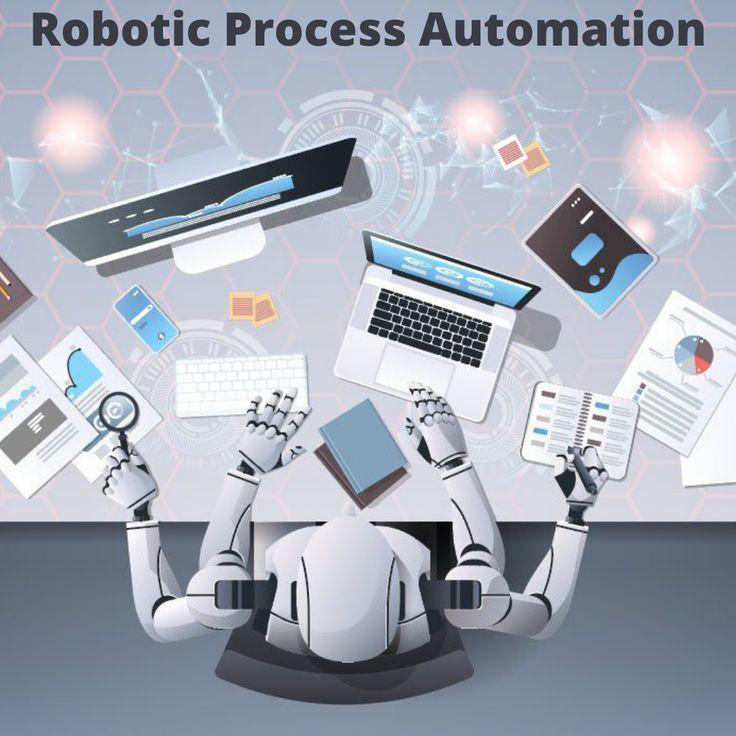In the continuously changing business landscape, Robotic Process Automation (RPA) stands out, revolutionising how organisations manage and execute their operations. To properly comprehend its impact and efficiency, RPA success must be measured using key performance indicators (KPIs) and metrics adapted to your organisation.
Recognising the Impacts of RPA
Implementations of RPA offer significant cost savings, less errors, and enhanced efficiency. But how can we quantify these advantages?
- Process Improvement
RPA’s primary purpose is to improve process efficiency. Calculate the time required for automated procedures versus manual processes. A large reduction in processing time indicates success. - Rate of Error Reduction
Calculate the reduction in mistakes or exceptions when processes are carried out automatically as opposed to by hand. A reduced mistake rate demonstrates how well RPA has ensured precision. - Financial Savings
Determine the real cost savings that come from using RPA. Evaluate decreased labour expenses, minimised costs associated with errors, and enhanced resource distribution to provide a complete financial picture. - Precision and Progress Over Time
Monitor task accuracy that has become automated. Along with keeping an eye on accuracy levels, RPA’s learning and optimisation capabilities have helped accuracy improve over time.

- Process Volume Optimisation
Assess the RPA system’s ability to process more work or transactions than can be achieved with a manual handling approach. - Return on Investment (ROI)
Compare the RPA’s original investment to the advantages that have been realised to determine the ROI. Consider monetary advantages, time savings, and operational enhancements for a comprehensive ROI evaluation. - Conformity and the Audit Trail
Compare RPA’s contribution to the upkeep of compliance standards. Examine the audit trails generated by automation for accuracy and completeness. - Staff Performance
Analyse how time saved and the capacity to redirect attention to higher-value tasks affect staff productivity with RPA. This measure highlights the contribution of technology to improving human labour. - Resource Application
Review how both human and technological resources were used before, and after RPA adoption to assess efficiency improvements and optimisation. - Process Completion Rate
Track the proportion of RPA systems and processes that are successfully finished against the total number of attempts.
To Wrap It Up
Measuring RPA’s effectiveness in the ever-changing world of business automation is essential to determining its real impact on business finances, operations, and customer happiness. These metrics and KPIs provide a thorough framework for evaluating RPA performance and help make data-driven decisions for ongoing development.


